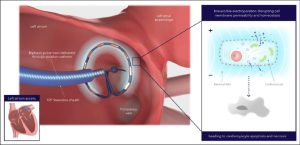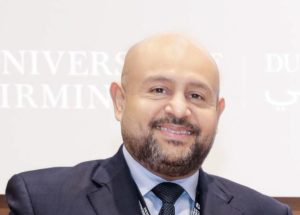Kamal
Director
PathnSitu Biotechnologies
The practice of tissue pathology in developing countries is fraught with challenges, primarily stemming from limited resources, shortages of subspecialists, and a lack of trained laboratory personnel and continuing education programs. This article explores the impact of these challenges on cancer diagnosis and highlights the critical role of trained pathologists in performing surgical/Onco pathology tests.
Shortage of Skilled Pathologists:
One of the pressing issues in many regions, especially rural areas, is the shortage of skilled pathologists. This scarcity compels the samples to travel across cities and countries for processing and reporting, causing significant delays in reaching a final diagnosis. These delays contribute to the metastasis of primary tumors, leading to lower life expectancies for patients.
The Role of Digital Pathology:
Digital pathology emerges as a transformative solution, playing a pivotal role in basic and clinical research and disease diagnosis. The technology involves the generation of digital slides from glass slides using specialized scanning devices. These digital slides offer high-resolution images that can be visualized on computer or mobile screens, rendering traditional light microscopes obsolete.
The recent innovation of whole-slide imaging digitizes tissue/cell preparations, offering benefits such as teleconsultation for expert opinions worldwide, standardization in pathology education, remote access to expertise (including Live Frozen Section), improved patient outcomes, reduced fatigue for pathologists (Microscope on Desktop), and the prospect of AI-based disease screening.
Overcoming Regulatory Barriers:
Despite the advantages, the adoption of digital pathology faces hurdles, with strict federal and local regulations on clinical reporting hindering progress in many countries. The technology offers higher-resolution images, accurate color representation, and enhanced tools for annotation, measurement, and capturing, thereby improving the accuracy and efficiency of slide assessments.
Digital pathology, using scanners and cloud-based slide-sharing platforms, bridges the gap between healthcare resources in high-income and low-middle-income countries. Teleconsultation allows pathologists in under-resourced areas to access knowledge and care resources from more developed regions, ensuring that patients, regardless of their location, receive consistent and high-quality care.
Moreover, global demographics are shifting such that the United Nations projects up to 68% of the world’s population will live in urban areas by 2050. With these changes, many regions would be left behind entirely if it were not for digital pathology making it possible for clinicians to consult and diagnose remotely.
To perform the necessary laboratory tests for illness diagnosis, trained pathologists are important. However, there is a shortage of skilled pathologists in some regions, particularly in rural areas. Digital pathology allows for remote consultation, enabling pathologists to work together across large distances, which helps to alleviate the shortage of pathologists or subject matter experts in certain regions. By enabling teleconsultation, digital pathology is helping to bridge the gap in healthcare resources between different regions of the world.
AI Applications in Pathology:
The integration of artificial intelligence in pathology brings quantitative accuracy and enables the geographical contextualization of data using spatial algorithms. Adding spatial metrics to
IHC enhances the clinical value of biomarker identification approaches and enables spatial analysis, providing highly precise and unbiased readouts. This integration empowers pathologists to access and interpret data remotely, marking a substantial advancement over traditional methods.
While challenges persist in tissue pathology in developing countries, the advent of digital pathology, coupled with AI applications, offers a promising avenue for overcoming these obstacles and ensuring equitable access to quality healthcare resources globally.












